Kawasaki has existed in various permutations since 1878, and in common with every other ‘survivor’ of the Japanese motorcycle wars, was a major manufacturer during WWII, making aircraft. A relative newcomer to the Japanese motorcycle scene, they produced their first motorcycle in 1961. The following year, they absorbed Meguro to gain a quick foothold in the ultra-competitive Japanese bike market; the next Kawasakis were re-badged Meguros, which we know as the model W1. Essentially a copy of the BSA A10, it was in fact technically superior to its forbear, but more expensive and slower, in an era where faster quarter-mile times were the key to sales. Back to the drawing board; the next machine was a hit – the A1 ‘Samurai’, a 250cc two-stroke, essentially a de-tuned racer for the road, with performance superior to its rivals. A pattern was set; their next outrageous machine, the H1 500 ‘Mach 3’, a 3-cylinder two-stroke hotrod, was lighter and far more powerful than its rivals. Honda had beaten them to the 4-cylinder punch in 1969, while Kawasaki was still developing their own ‘four’, but the H1 certainly put Kawasaki on everyone’s lips, for its outrageous wheelies and 125mph performance. Tales of suspect handling had more to do with the combination of very low weight and sudden power delivery, but the H1 cemented Kawasaki’s reputation as builders of the fastest bikes around. In 1972, their ‘four’ was finally ready, and the 900cc Z-1 not only trumped the Honda CB750 in engine capacity, but had two overhead cams to boot. It was a big hit, and again, placed the company out front in the speed stakes. In 1978, the Z1-R used a beefed-up chassis and tuned engine, enlarged to 1000cc, combined with Café Racer styling with a small fairing as standard equipment, to stake the factory’s claim further into Fastest Bike territory. The coup de grace arrived with the addition of a turbocharger on the Z1-R; the Z1-R TC had arrived, the first production motorcycle with forced induction. Selling for 1/3 more than the already dear Z1-R, the TC provided a new benchmark of performance, with quarter-mile times in the high 10-second range, made even more remarkable by carrying over 500lbs of solid metal. Few were sold (around 500 in the US), as was certainly the plan; the machine was clearly intended to be a ‘statement’ of Kawasaki’s prowess in the speedbike stakes. It certainly was, and is. This machine has been fully restored, and has only 10,536 miles from new.
Kawasaki has existed in various permutations since 1878, and in common with every other ‘survivor’ of the Japanese motorcycle wars, was a major manufacturer during WWII, making aircraft. A relative newcomer to the Japanese motorcycle scene, they produced their first motorcycle in 1961. The following year, they absorbed Meguro to gain a quick foothold in the ultra-competitive Japanese bike market; the next Kawasakis were re-badged Meguros, which we know as the model W1. Essentially a copy of the BSA A10, it was in fact technically superior to its forbear, but more expensive and slower, in an era where faster quarter-mile times were the key to sales. Back to the drawing board; the next machine was a hit – the A1 ‘Samurai’, a 250cc two-stroke, essentially a de-tuned racer for the road, with performance superior to its rivals. A pattern was set; their next outrageous machine, the H1 500 ‘Mach 3’, a 3-cylinder two-stroke hotrod, was lighter and far more powerful than its rivals. Honda had beaten them to the 4-cylinder punch in 1969, while Kawasaki was still developing their own ‘four’, but the H1 certainly put Kawasaki on everyone’s lips, for its outrageous wheelies and 125mph performance. Tales of suspect handling had more to do with the combination of very low weight and sudden power delivery, but the H1 cemented Kawasaki’s reputation as builders of the fastest bikes around. In 1972, their ‘four’ was finally ready, and the 900cc Z-1 not only trumped the Honda CB750 in engine capacity, but had two overhead cams to boot. It was a big hit, and again, placed the company out front in the speed stakes. In 1978, the Z1-R used a beefed-up chassis and tuned engine, enlarged to 1000cc, combined with Café Racer styling with a small fairing as standard equipment, to stake the factory’s claim further into Fastest Bike territory. The coup de grace arrived with the addition of a turbocharger on the Z1-R; the Z1-R TC had arrived, the first production motorcycle with forced induction. Selling for 1/3 more than the already dear Z1-R, the TC provided a new benchmark of performance, with quarter-mile times in the high 10-second range, made even more remarkable by carrying over 500lbs of solid metal. Few were sold (around 500 in the US), as was certainly the plan; the machine was clearly intended to be a ‘statement’ of Kawasaki’s prowess in the speedbike stakes. It certainly was, and is. This machine has been fully restored, and has only 10,536 miles from new.

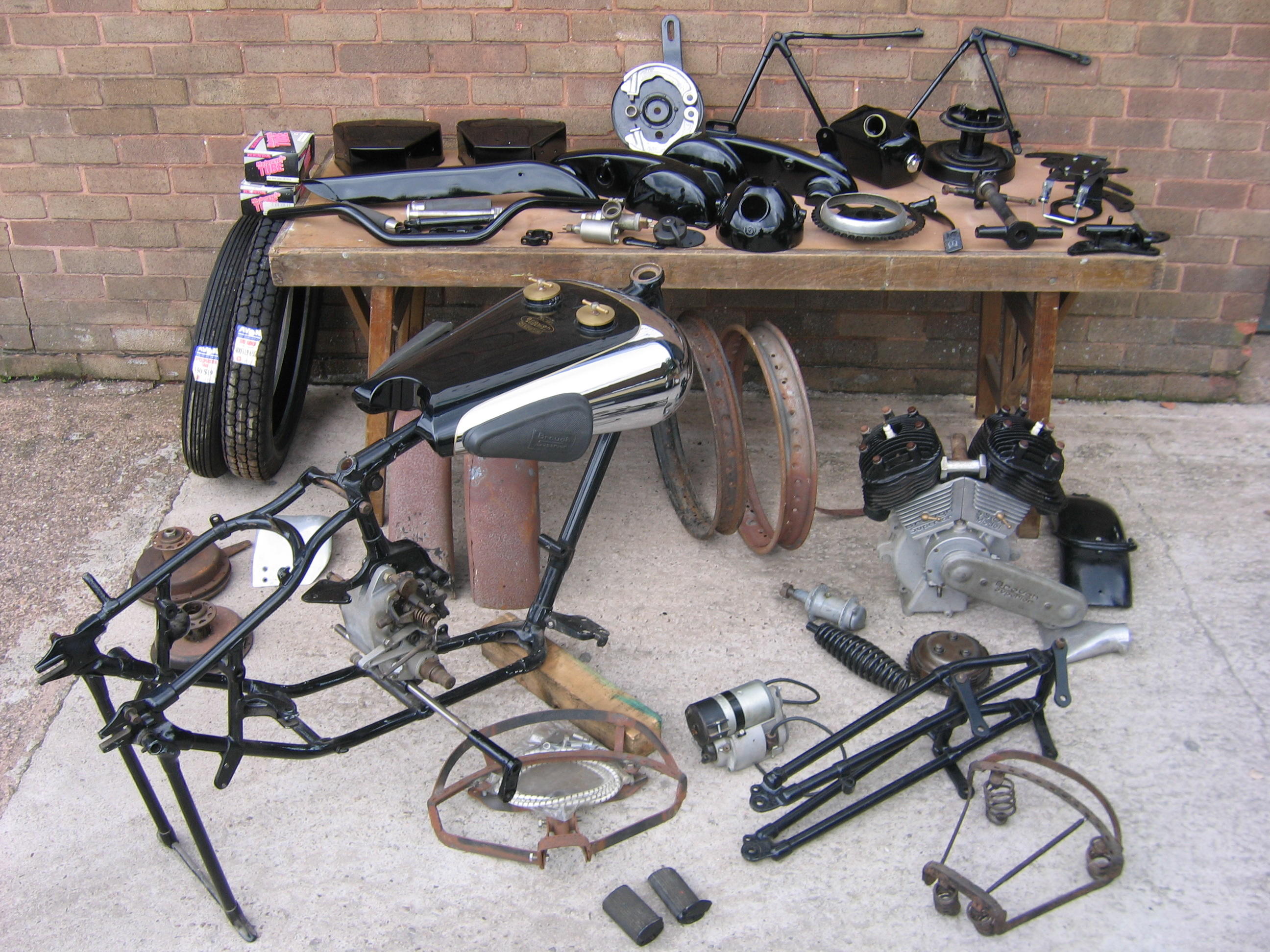

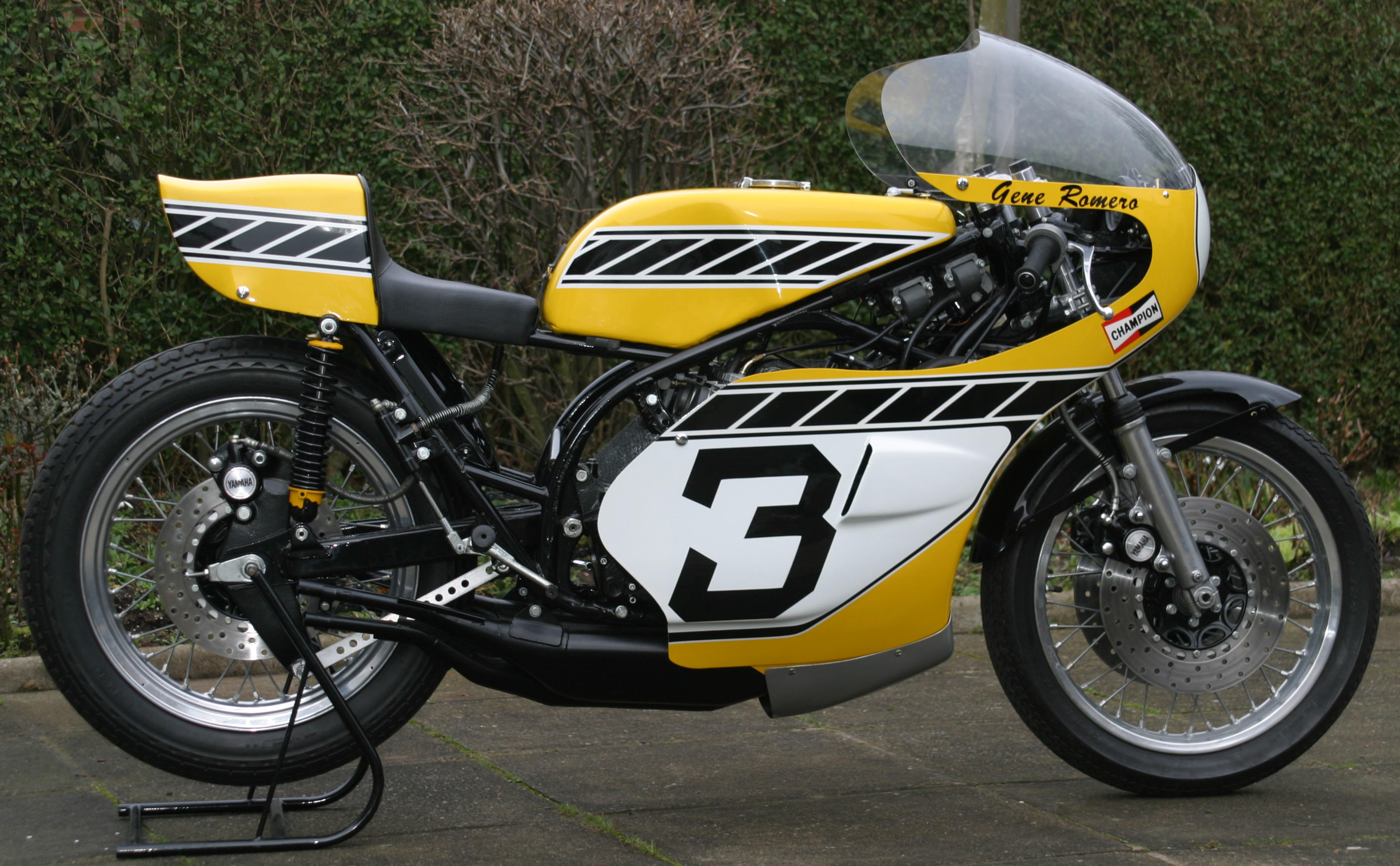

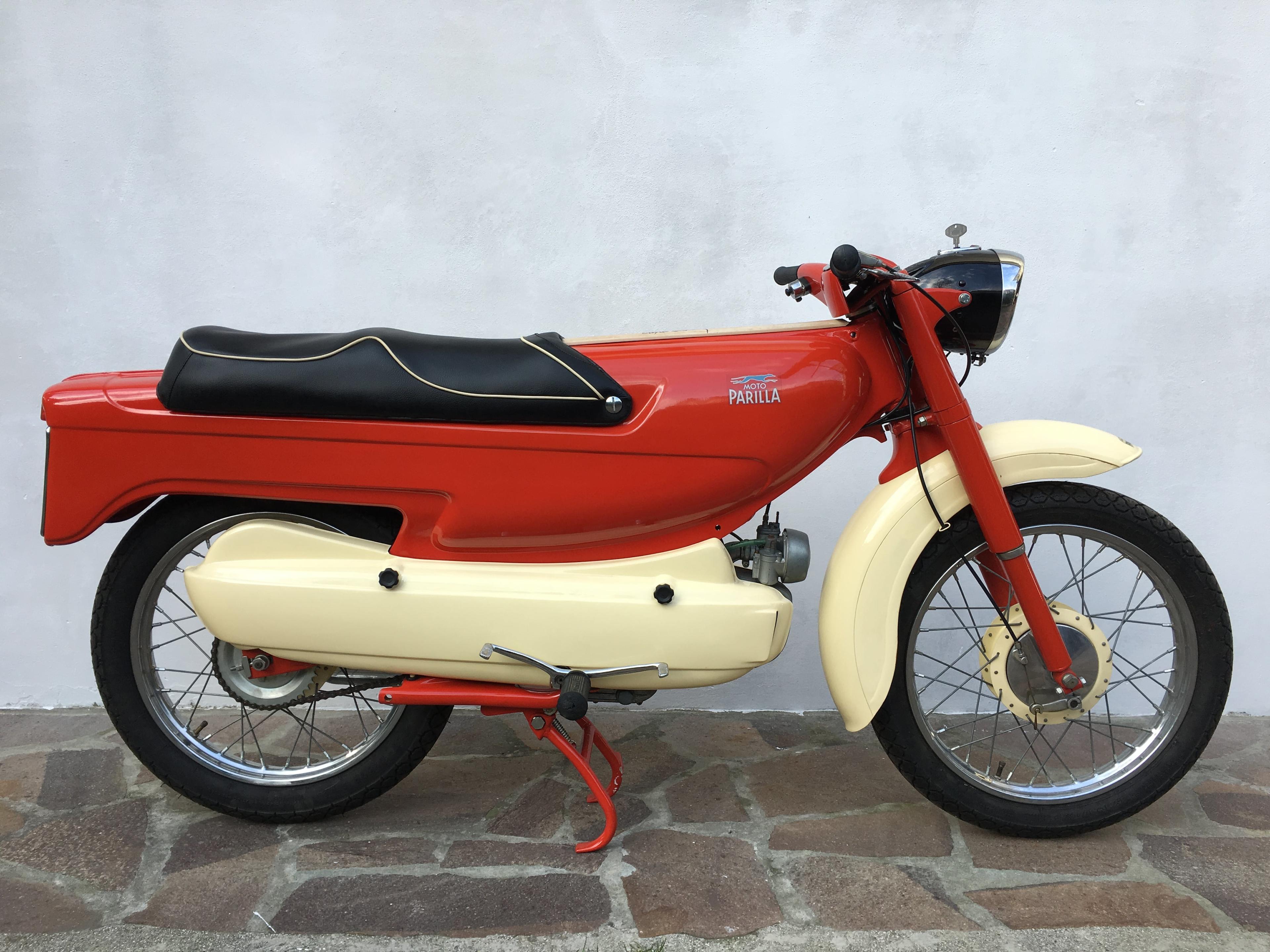
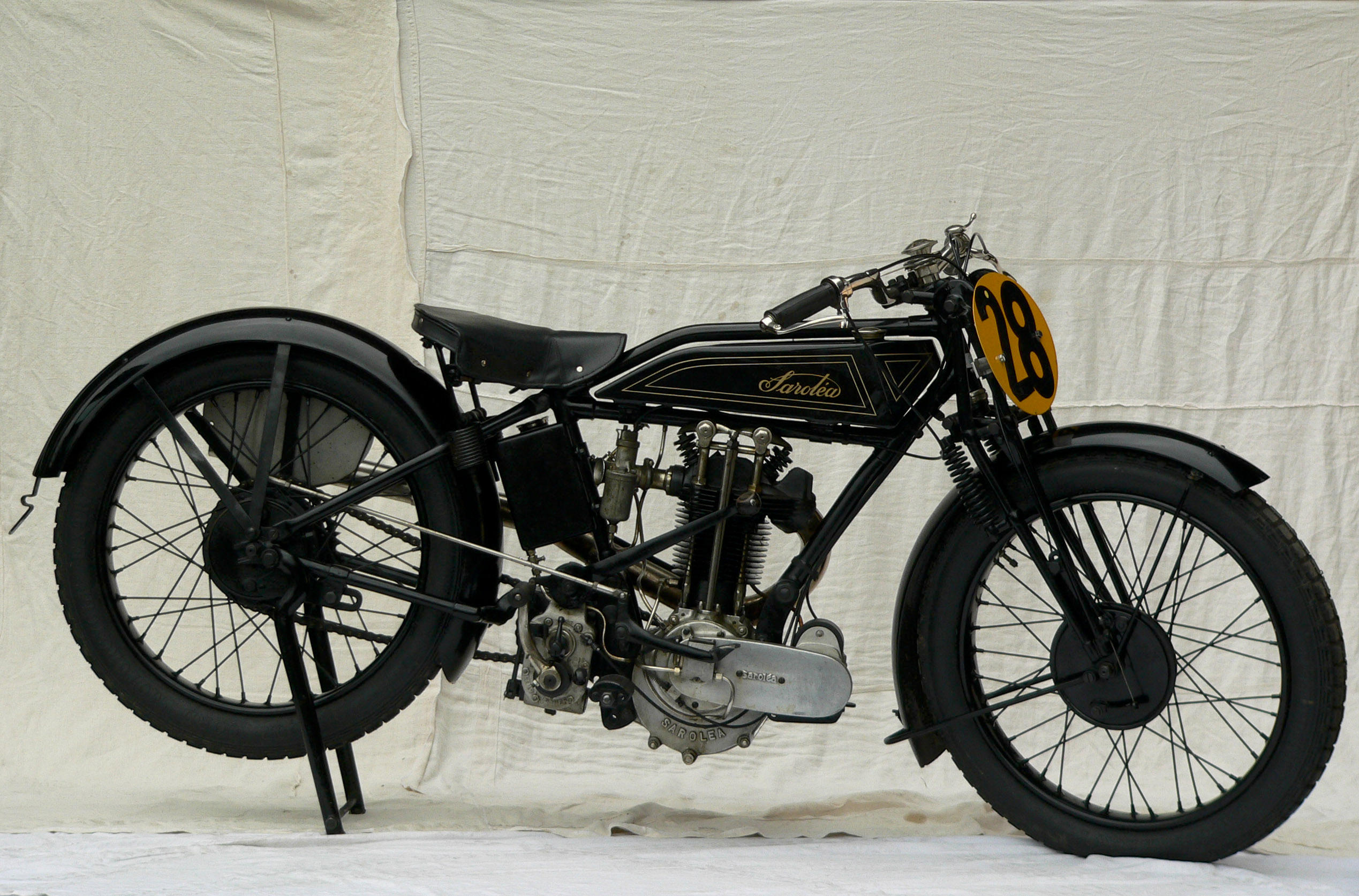
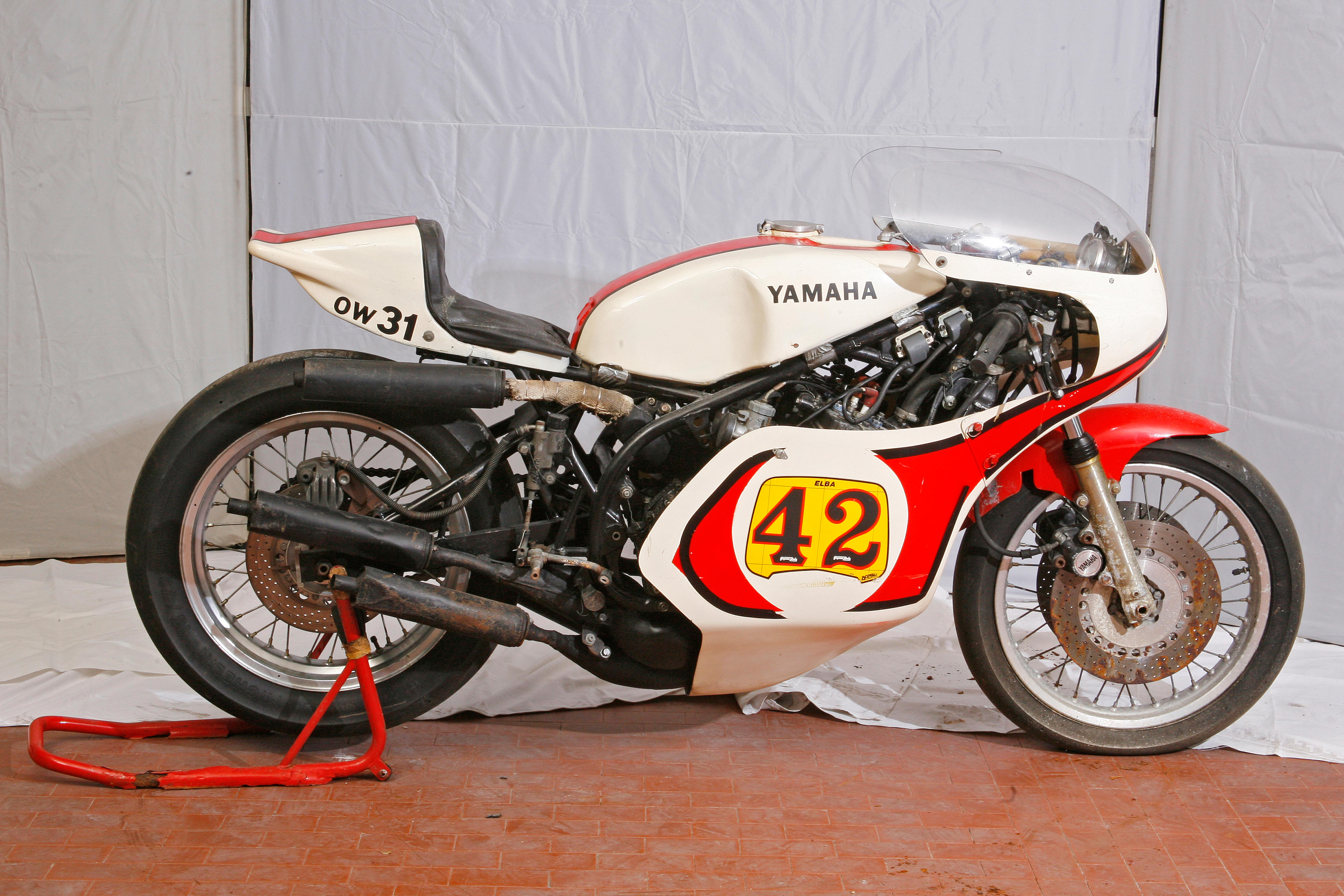
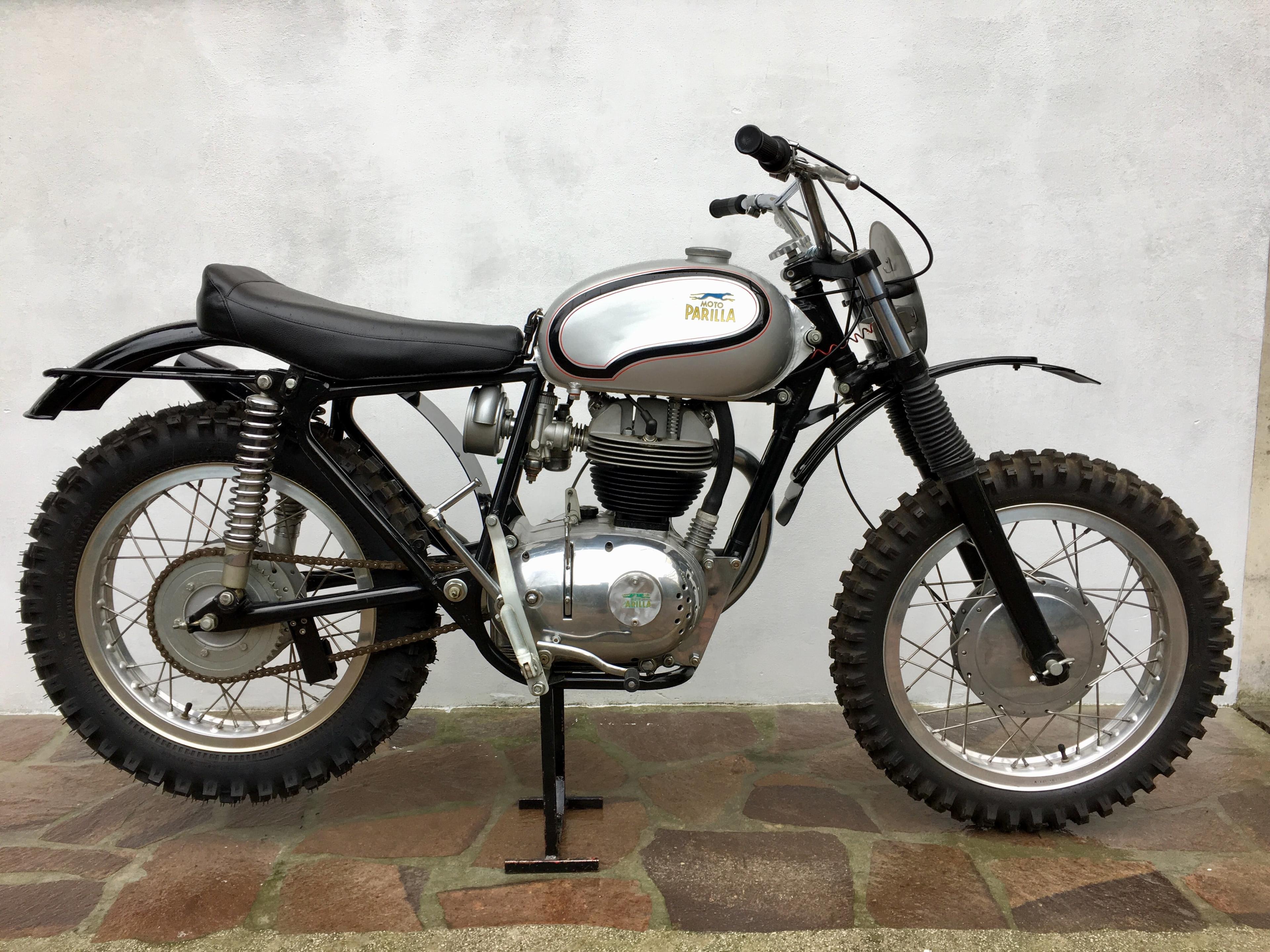
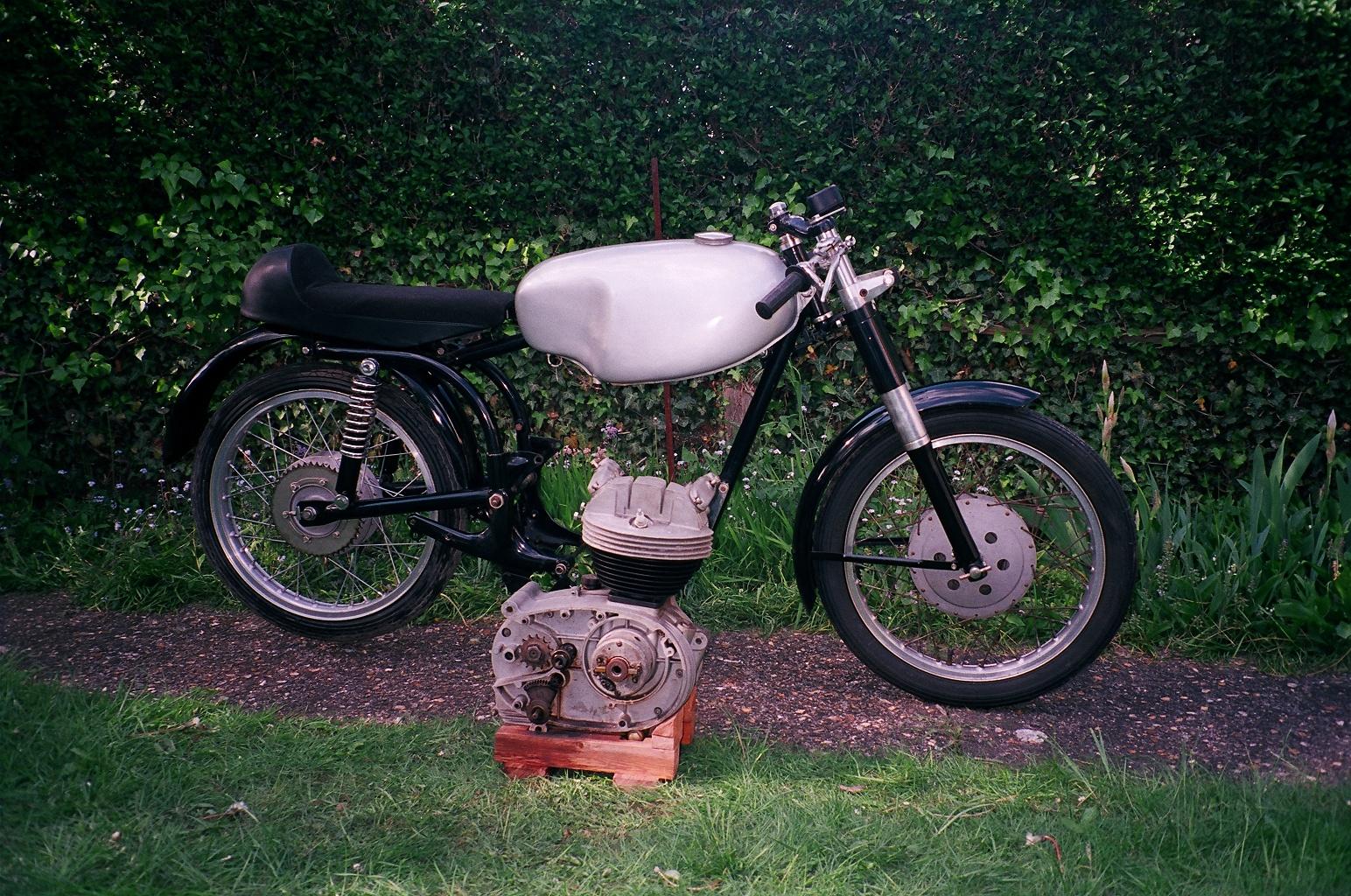

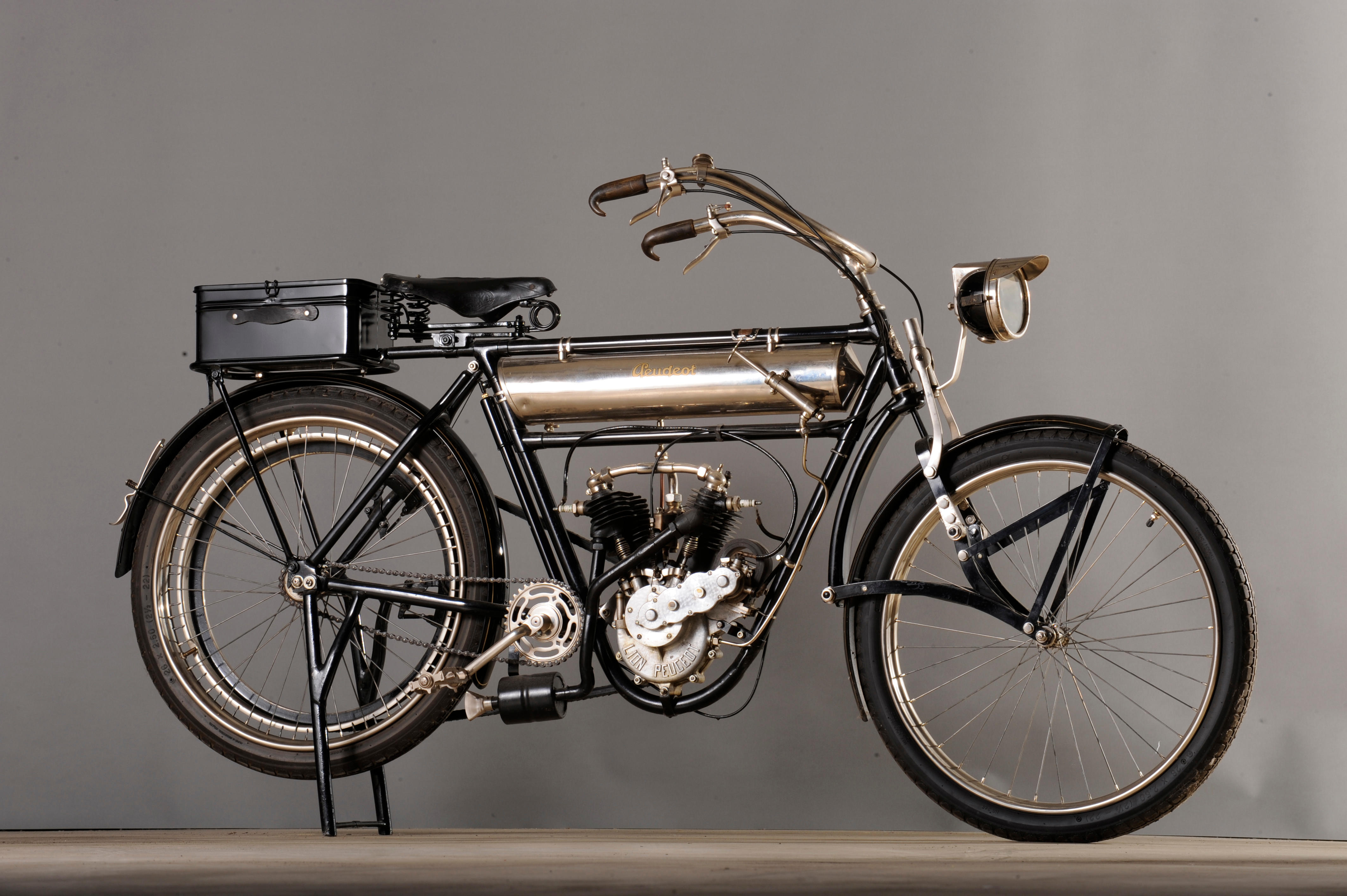
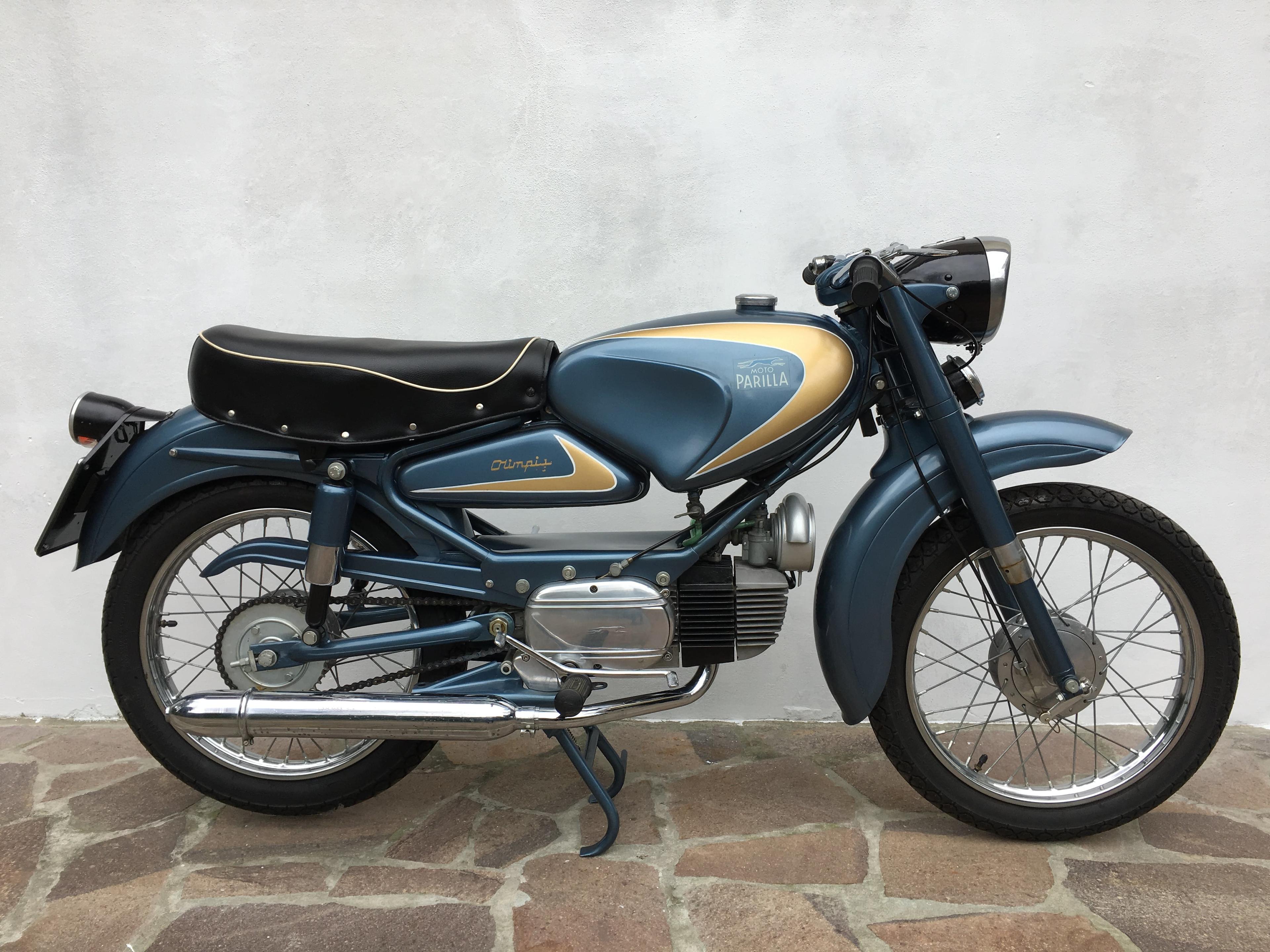

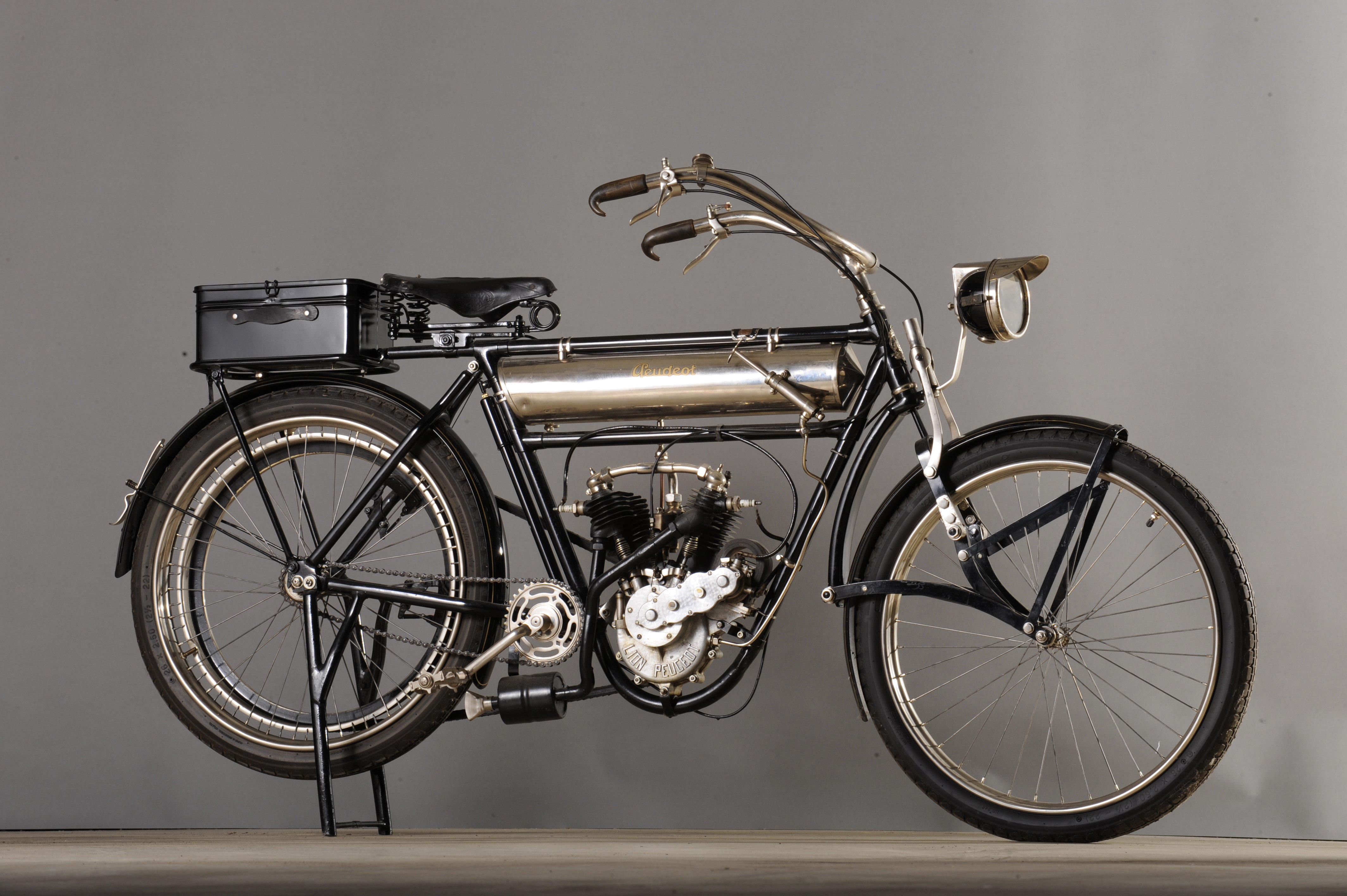
Testen Sie LotSearch und seine Premium-Features 7 Tage - ohne Kosten!
Lassen Sie sich automatisch über neue Objekte in kommenden Auktionen benachrichtigen.
Suchauftrag anlegen